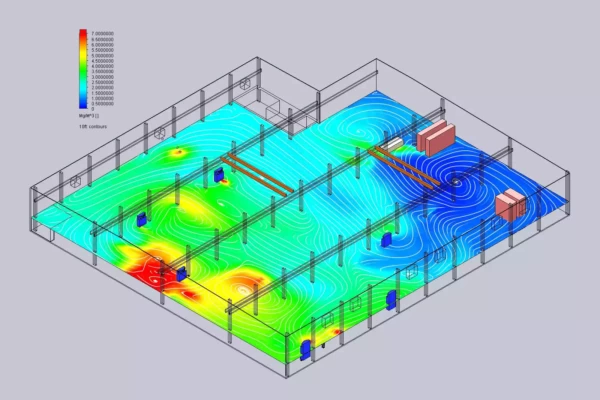 EXPOSURE RISKS FOR TALC
EXPOSURE RISKS FOR TALC
Since talc is used in such large quantities in industry, concerns mostly revolve around inhalation. Grains of talc dust are so small that it is easy for them to be inhaled deeply into the lungs. The Centers for Disease Control warn that talc can be absorbed into the body through inhalation and that effects of long-term exposure “may have effects on the lungs, resulting in talc pneumoconiosis.”
Most of the concerns with talc that concern cancer stem from the fact that one variety of talc includes asbestos. This naturally occurring mineral—fibrous tremolite—is not the talc that is used in home or industrial uses, however. Procedures exist to exclude this dangerous talc from the supply chain.
The Occupational Safety and Health Administration (OSHA) regulates workers’ exposure to talc dust. It does not classify talc as a human carcinogen, however it has set a limit for daily exposure.
 REGULATIONS FOR TALC DUST
REGULATIONS FOR TALC DUST
Because talc is used in so many industrial processes, OSHA has set a rule for daily exposure for workers to talc dust. OSHA’s permissible exposure limit (PEL) for talc is 20 mppcf (million particles per cubic foot)—i.e., 2 mg/m3—as a time-weighted average (TWA). A TWA measures a worker’s exposure during an entire eight-hour workday and calculates the average exposure over that period. This exposure limit is the same for both general industry and construction.
The American Conference of Governmental Industrial Hygienists (ACGIH) recommends the same exposure limit for talc. This is significant because ACGIH limits are generally more strict than OSHA’s. In other words, the current OSHA standard is one a manufacturer will need to take seriously.
A manufacturer’s failure to comply with OSHA regulations for talc dust can bring serious fines. The administration can assess fines up to hundreds of thousands of dollars every time an offender is cited.
MORE DUST TYPES
SOLUTIONS FOR TALC DUST
Talc dust can be controlled through a variety of means. On the upside, it is not toxic, but on the downside, it is often found in high volumes. Whether a business needs a source capture solution, anambient capture one, or a combination of the two, RoboVent offers a wide variety of dust collectors and engineering services to meet any challenge.
Talc Dust Collection Collectors
Clean Air Technology Services
CONTACT US
Contact one of our industrial dust experts to gain the advantage against dust-generating processes and applications.







